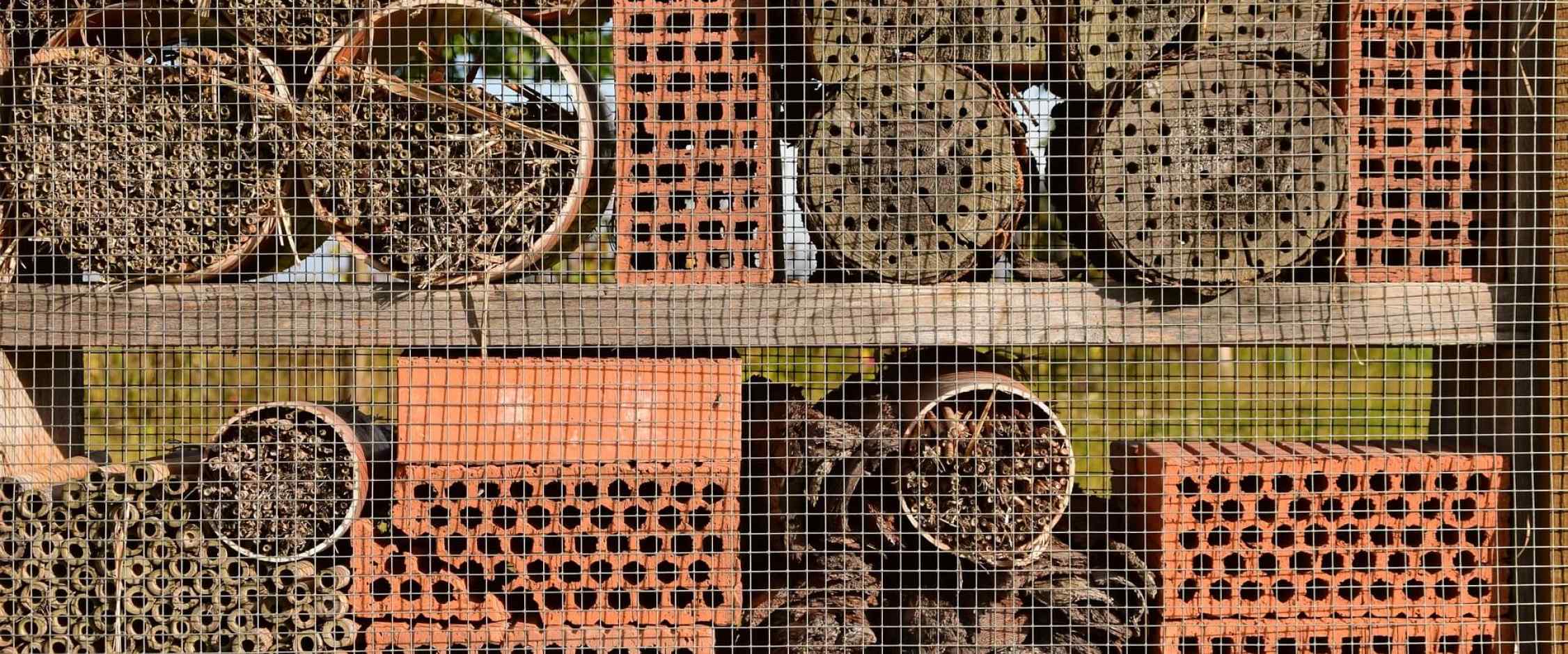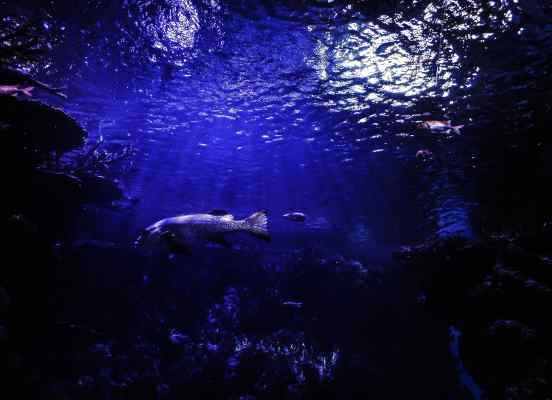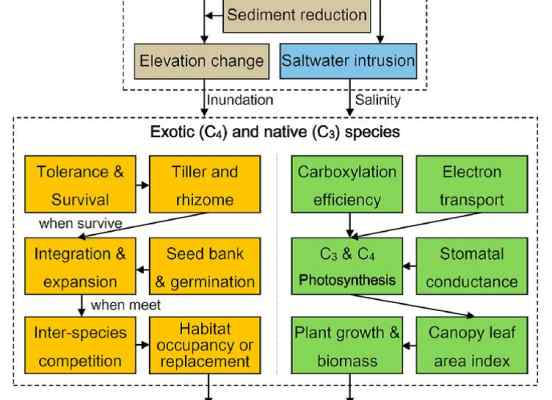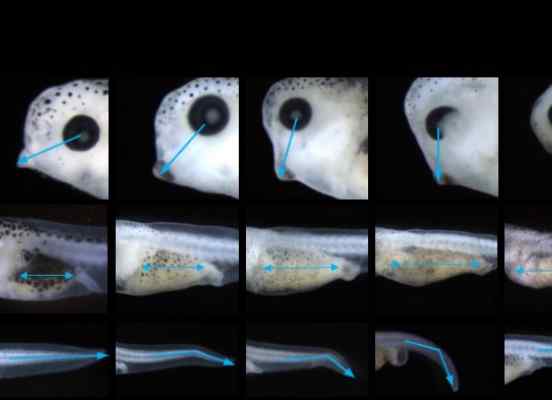Description
The frog embryo teratogenesis assay-Xenopus (FETAX) is an established method for the evaluation of the developmental toxicities of chemicals. To develop an enhanced FETAX that is appropriate for common environmental contaminants, we exposed Xenopus tropicalis embryos to eight compounds, including tributyltin, triphenyltin, CdCl2, pyraclostrobin, picoxystrobin, coumoxystrobin, all-trans-retinoic acid and 9-cis-retinoic acid. Multiple malformations were induced in embryos particularly following exposure to tributyltin, triphenyltin and pyraclostrobin at environmentally relevant concentrations. Based on the range of observed malformations, we proposed a phenotypic assessment method with 20 phenotypes and a 0–5 scoring system. This derived index exhibited concentration-dependent relationships for all of the chemicals tested. Furthermore, the phenotype profiles were characteristic of the different tested chemicals. Our results indicate that malformation phenotypes can be quantitatively integrated with the primary endpoints in conventional FETAX assessments to allow for increased sensitivity and measurement of quantitative effects and to provide indicative mechanistic information for each tested chemical.
Areas of research
- Sediment Process
- Coastal Dynamic Geomorphology
- Estuarine Sediment Dynamics
- Estuarine Evolution
- Estuarine and Coastal Ecology and Environment














